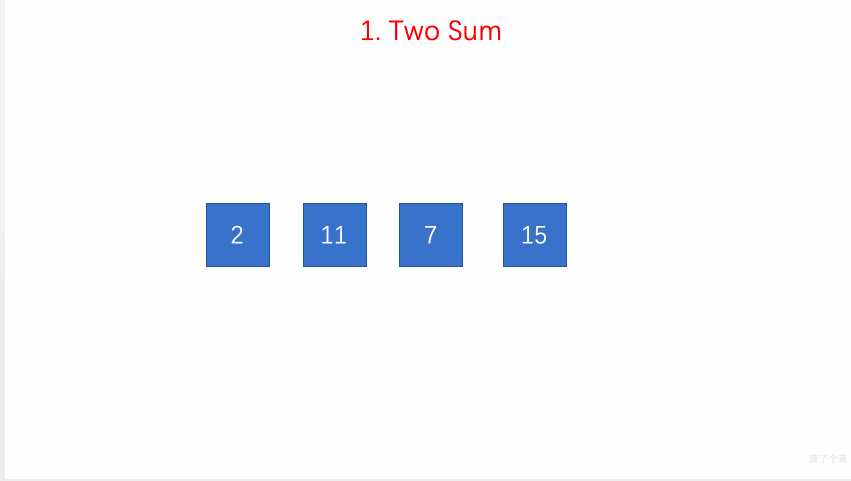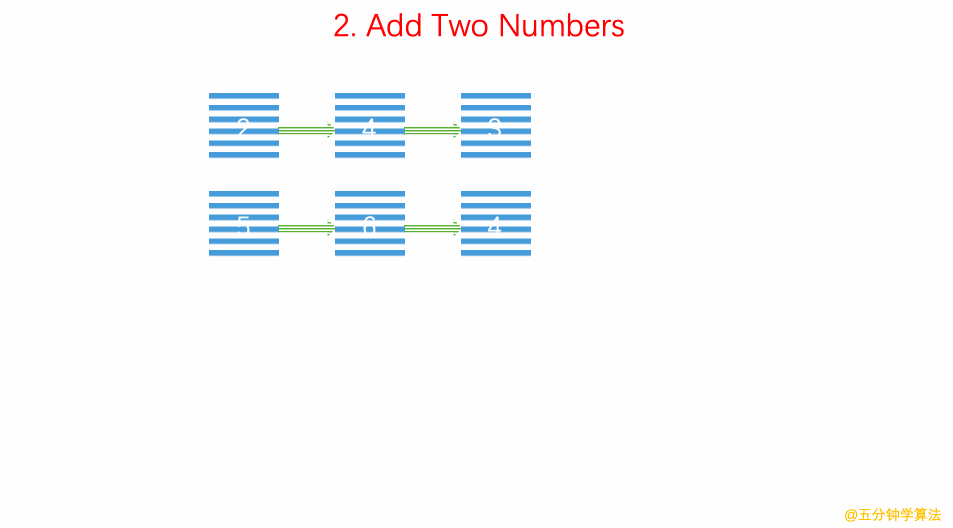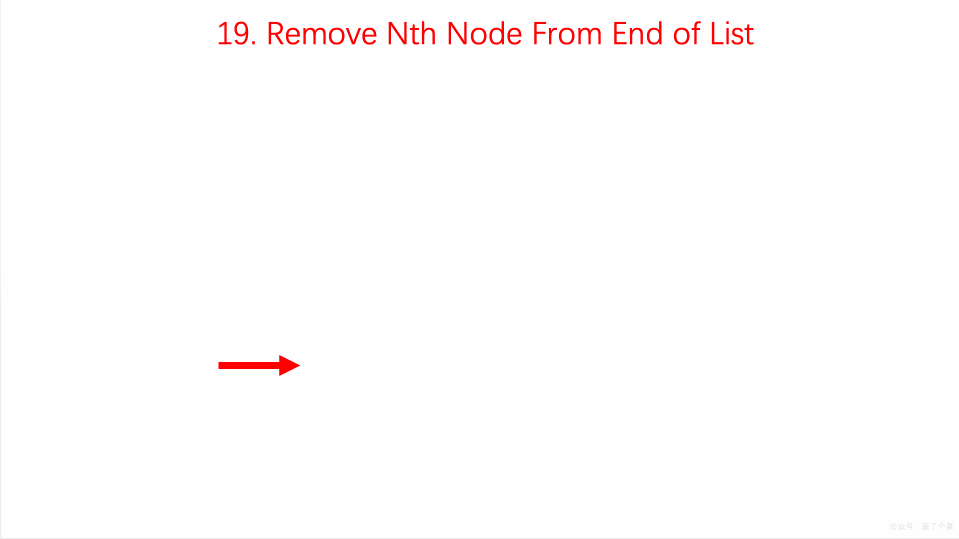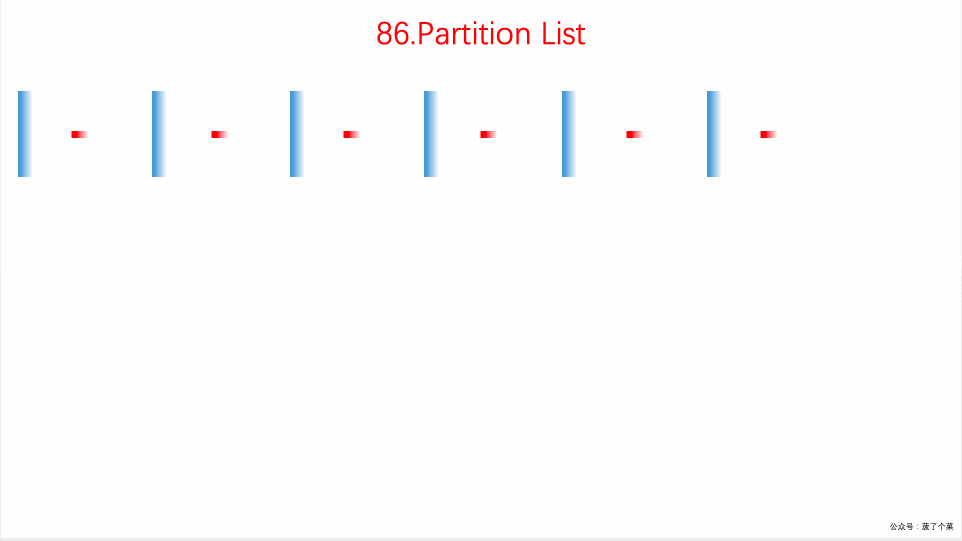 LeetCodeAnimation
LeetCodeAnimation
Demonstrate all the questions on LeetCode in the form of animation.(用动画的形式呈现解LeetCode题目的思路)
Top Related Projects
LeetCode Problems' Solutions
✅ Solutions to LeetCode by Go, 100% test coverage, runtime beats 100% / LeetCode 题解
刷算法全靠套路,认准 labuladong 就够了!English version supported! Crack LeetCode, not only how, but also why.
Everything you need to know to get the job.
💯 Curated coding interview preparation materials for busy software engineers
Quick Overview
LeetCodeAnimation is a GitHub repository that provides animated explanations for LeetCode algorithm problems. It aims to help users better understand complex algorithms and data structures through visual representations and step-by-step animations.
Pros
- Visual learning aids make complex algorithms easier to understand
- Covers a wide range of LeetCode problems and algorithm types
- Animations are accompanied by detailed explanations in Chinese
- Open-source project with potential for community contributions
Cons
- Explanations are primarily in Chinese, limiting accessibility for non-Chinese speakers
- Not all LeetCode problems are covered
- Animations may not be updated as frequently as new LeetCode problems are added
- Some users may prefer text-based explanations over animations
Code Examples
This project is not a code library, but rather a collection of animated explanations for algorithm problems. Therefore, there are no code examples to provide.
Getting Started
As this is not a code library, there are no specific getting started instructions. However, users can access the animated explanations by visiting the GitHub repository and browsing through the available problem solutions. The animations are typically provided as GIF files or links to external animation platforms.
To use the repository:
- Visit the GitHub repository: https://github.com/MisterBooo/LeetCodeAnimation
- Browse through the available problem solutions in the repository
- Click on the desired problem to view the animated explanation and accompanying text
- Use the animations and explanations to enhance your understanding of the algorithm or data structure
Competitor Comparisons
LeetCode Problems' Solutions
Pros of leetcode
- Comprehensive collection of LeetCode solutions in multiple programming languages
- Detailed explanations and comments for each solution
- Regularly updated with new problems and solutions
Cons of leetcode
- Lacks visual representations or animations to explain algorithms
- May be overwhelming for beginners due to the large number of solutions
- Text-based explanations might be less engaging for some learners
Code Comparison
LeetCodeAnimation (Python):
def twoSum(nums, target):
hash_table = {}
for i, num in enumerate(nums):
if target - num in hash_table:
return [hash_table[target - num], i]
hash_table[num] = i
return []
leetcode (C++):
vector<int> twoSum(vector<int>& nums, int target) {
unordered_map<int, int> map;
for (int i = 0; i < nums.size(); i++) {
if (map.find(target - nums[i]) != map.end())
return {map[target - nums[i]], i};
map[nums[i]] = i;
}
return {};
}
Both repositories offer valuable resources for LeetCode problem-solving. LeetCodeAnimation focuses on visual explanations and animations, making it more accessible for visual learners. leetcode provides a wider range of solutions in multiple languages with detailed explanations, catering to a broader audience of programmers. The choice between the two depends on individual learning preferences and programming language requirements.
✅ Solutions to LeetCode by Go, 100% test coverage, runtime beats 100% / LeetCode 题解
Pros of LeetCode-Go
- Comprehensive coverage of LeetCode problems in Go
- Well-organized structure with detailed explanations and complexity analysis
- Regular updates and active maintenance
Cons of LeetCode-Go
- Lacks visual representations or animations for problem-solving steps
- May be less engaging for visual learners compared to LeetCodeAnimation
- Focused solely on Go, limiting its audience to Go developers
Code Comparison
LeetCode-Go (Go):
func twoSum(nums []int, target int) []int {
m := make(map[int]int)
for i, num := range nums {
if j, ok := m[target-num]; ok {
return []int{j, i}
}
m[num] = i
}
return nil
}
LeetCodeAnimation (Java):
public int[] twoSum(int[] nums, int target) {
Map<Integer, Integer> map = new HashMap<>();
for (int i = 0; i < nums.length; i++) {
int complement = target - nums[i];
if (map.containsKey(complement)) {
return new int[] { map.get(complement), i };
}
map.put(nums[i], i);
}
throw new IllegalArgumentException("No two sum solution");
}
Both repositories offer valuable resources for LeetCode problem-solving, with LeetCode-Go providing in-depth Go implementations and LeetCodeAnimation offering visual explanations. The choice between them depends on the user's preferred learning style and programming language focus.
刷算法全靠套路,认准 labuladong 就够了!English version supported! Crack LeetCode, not only how, but also why.
Pros of fucking-algorithm
- More comprehensive coverage of algorithms and data structures
- In-depth explanations with detailed problem-solving strategies
- Regular updates and active community engagement
Cons of fucking-algorithm
- Primarily text-based explanations, lacking visual aids
- May be overwhelming for beginners due to its depth and complexity
Code Comparison
LeetCodeAnimation:
public ListNode reverseList(ListNode head) {
ListNode prev = null;
ListNode curr = head;
while (curr != null) {
ListNode nextTemp = curr.next;
curr.next = prev;
prev = curr;
curr = nextTemp;
}
return prev;
}
fucking-algorithm:
ListNode* reverseList(ListNode* head) {
if (head == nullptr || head->next == nullptr) {
return head;
}
ListNode* last = reverseList(head->next);
head->next->next = head;
head->next = nullptr;
return last;
}
Summary
LeetCodeAnimation focuses on visual representations of algorithms, making it easier for beginners to grasp concepts. It uses animations to illustrate problem-solving processes, which can be particularly helpful for visual learners.
fucking-algorithm, on the other hand, provides more in-depth explanations and covers a wider range of topics. It offers detailed problem-solving strategies and regular updates, making it suitable for those seeking a deeper understanding of algorithms and data structures.
While LeetCodeAnimation excels in visual presentation, fucking-algorithm offers more comprehensive textual explanations and a broader scope of content. The choice between the two depends on individual learning preferences and the desired depth of understanding.
Everything you need to know to get the job.
Pros of interviews
- Covers a broader range of topics beyond just LeetCode problems, including system design and behavioral questions
- Provides more comprehensive explanations and solutions in text format
- Includes resources and links to additional learning materials
Cons of interviews
- Lacks visual representations or animations to illustrate concepts
- May be overwhelming for beginners due to the extensive amount of information
- Less frequently updated compared to LeetCodeAnimation
Code Comparison
LeetCodeAnimation (Java):
public ListNode reverseList(ListNode head) {
ListNode prev = null;
ListNode curr = head;
while (curr != null) {
ListNode nextTemp = curr.next;
curr.next = prev;
prev = curr;
curr = nextTemp;
}
return prev;
}
interviews (Python):
def reverse_list(head):
prev = None
current = head
while current:
next_node = current.next
current.next = prev
prev = current
current = next_node
return prev
Both repositories provide similar implementations for reversing a linked list, with LeetCodeAnimation using Java and interviews using Python. The core logic remains the same, demonstrating the consistency in problem-solving approaches across different programming languages.
💯 Curated coding interview preparation materials for busy software engineers
Pros of tech-interview-handbook
- Comprehensive coverage of various interview topics beyond just coding problems
- Includes non-technical aspects of interviews, such as behavioral questions and negotiation tips
- Regularly updated with community contributions and industry trends
Cons of tech-interview-handbook
- Lacks visual aids or animations to explain complex concepts
- May be overwhelming for beginners due to the breadth of information covered
- Doesn't focus specifically on step-by-step problem-solving techniques
Code Comparison
While both repositories primarily focus on interview preparation, they don't typically include extensive code samples. However, tech-interview-handbook does provide some code snippets for common algorithms and data structures. Here's an example of a binary search implementation from tech-interview-handbook:
def binary_search(arr, target):
left, right = 0, len(arr) - 1
while left <= right:
mid = (left + right) // 2
if arr[mid] == target:
return mid
elif arr[mid] < target:
left = mid + 1
else:
right = mid - 1
return -1
LeetCodeAnimation, on the other hand, focuses more on visual representations and animations rather than code snippets.
Convert  designs to code with AI
designs to code with AI

Introducing Visual Copilot: A new AI model to turn Figma designs to high quality code using your components.
Try Visual CopilotREADME

There is an English version of README here. just click itï¼
æä¼å°½åå° LeetCode ä¸ææçé¢ç®é½ç¨å¨ç»çå½¢å¼æ¼ç¤ºåºæ¥ï¼è®¡åç¨ 3 å° 4 å¹´æ¶é´å»å®æå®ï¼æå¾ ä¸ä½ è§è¯è¿ä¸å¤©ï¼
æç« ææ°é¦åäºå¾®ä¿¡å ¬ä¼å· å´å¸å å¦ç®æ³ï¼æ¨å¯ä»¥å ³æ³¨è·åææ°çæç« ã
为äºå¸®å©å¤§å®¶æ´å¥½çå ¥é¨å¦ä¹ ç®æ³ï¼ç»è¿åå¹´ç积累ï¼æç»å¤§å®¶æ´çäºãåæ Offerãç³»åçååéé¢ç®ï¼é½æ¯ç®æ³é¢è¯çé«é¢é¢ç®ï¼æ¯ä¸éé¢ç®æé½æä¾è¯¦ç»çåæãç²¾ç¾çé å¾ãæäºç解çå¨ç»è§é¢ï¼éåé£äºç¬¬ä¸æ¬¡å·é¢çåå¦ï¼å½ç¶ï¼ä¹éåéå¤å·é¢çèæå次å¦ä¹ å·©åºåºç¡ã

æç« åæ¥å客å°åï¼https://blog.algomooc.com/
æ±æ»

Top Related Projects
LeetCode Problems' Solutions
✅ Solutions to LeetCode by Go, 100% test coverage, runtime beats 100% / LeetCode 题解
刷算法全靠套路,认准 labuladong 就够了!English version supported! Crack LeetCode, not only how, but also why.
Everything you need to know to get the job.
💯 Curated coding interview preparation materials for busy software engineers
Convert  designs to code with AI
designs to code with AI

Introducing Visual Copilot: A new AI model to turn Figma designs to high quality code using your components.
Try Visual Copilot








